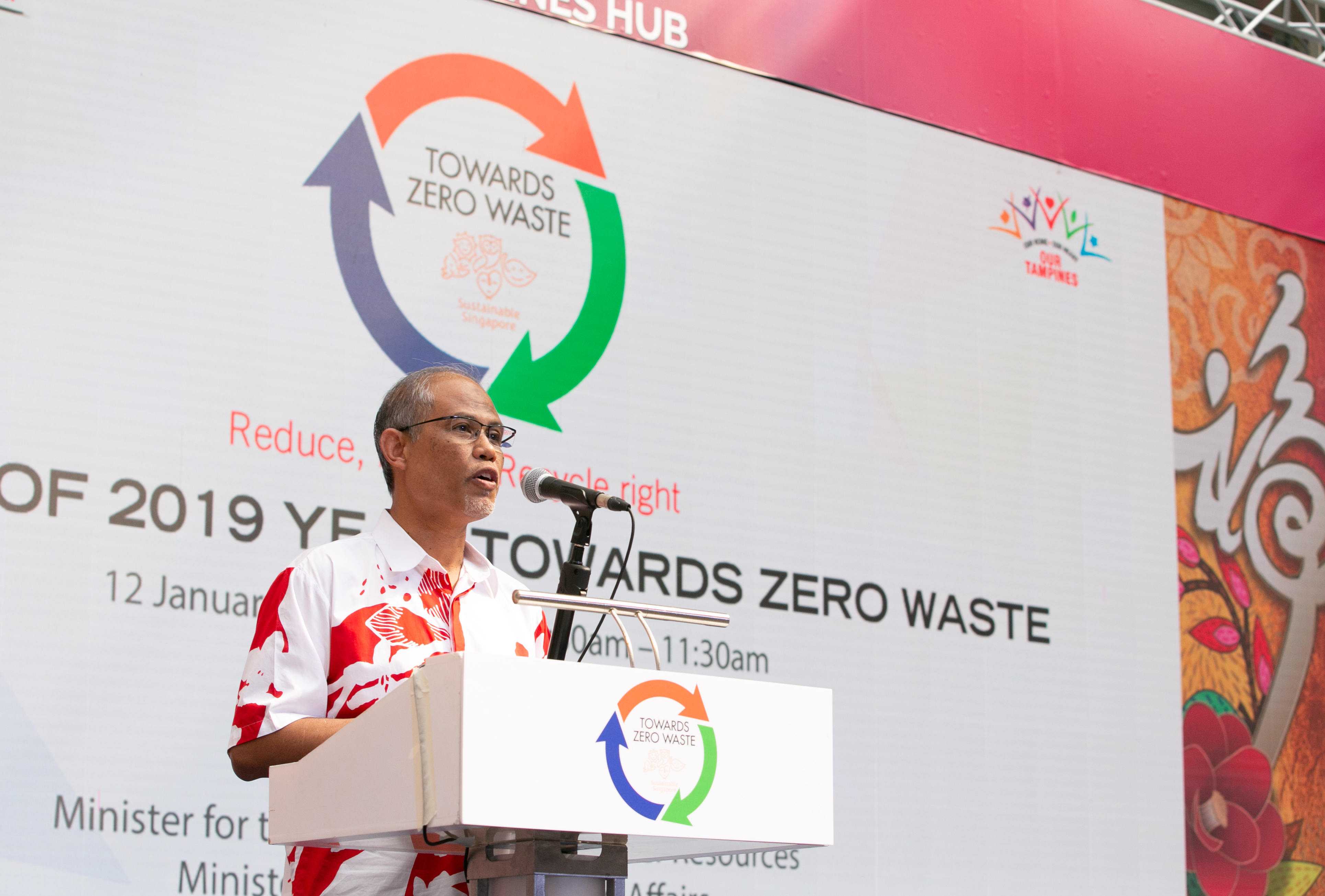It was an important day for Singapore's second act in saving the environment.
Masagos Zulkifli, the minister for environment and water resources, was at Our Tampines Hub (OTH) to launch the Year of Zero Waste on Jan. 12.
The ministry of environment and water resources (MEWR) and the national environment agency (NEA) will also be publishing an inaugural Zero Waste Masterplan in the second half of this year.
340,000 pledges collected
While the goal of zero waste is an ambitious target, Masagos has reasons to be optimistic.
He shared that more than 340,000 individuals, institutions and organisations pledged to reduce their carbon footprint in 2018 (including Mothership.sg).
Last year was the year of climate action.
While using acts to address climate change may sound daunting, it actually refers to simple acts such as recycling, not using a plastic straw, or keep your air-con temperature at 25°C.
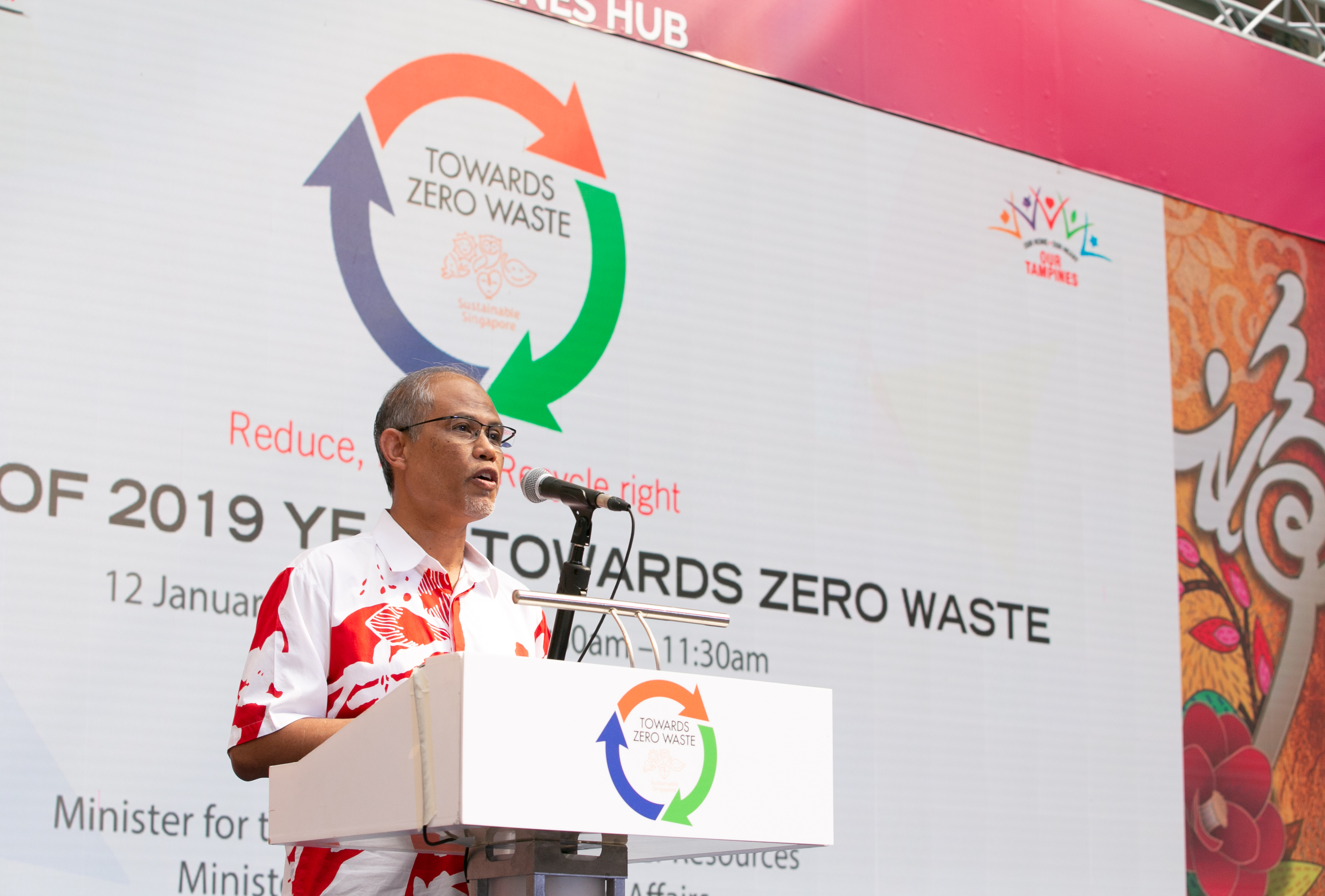 Photo by MEWR.
Photo by MEWR.
The ministry also held more than 800 events with partners to educate members of the public on how they can do their part for the Mother Earth.
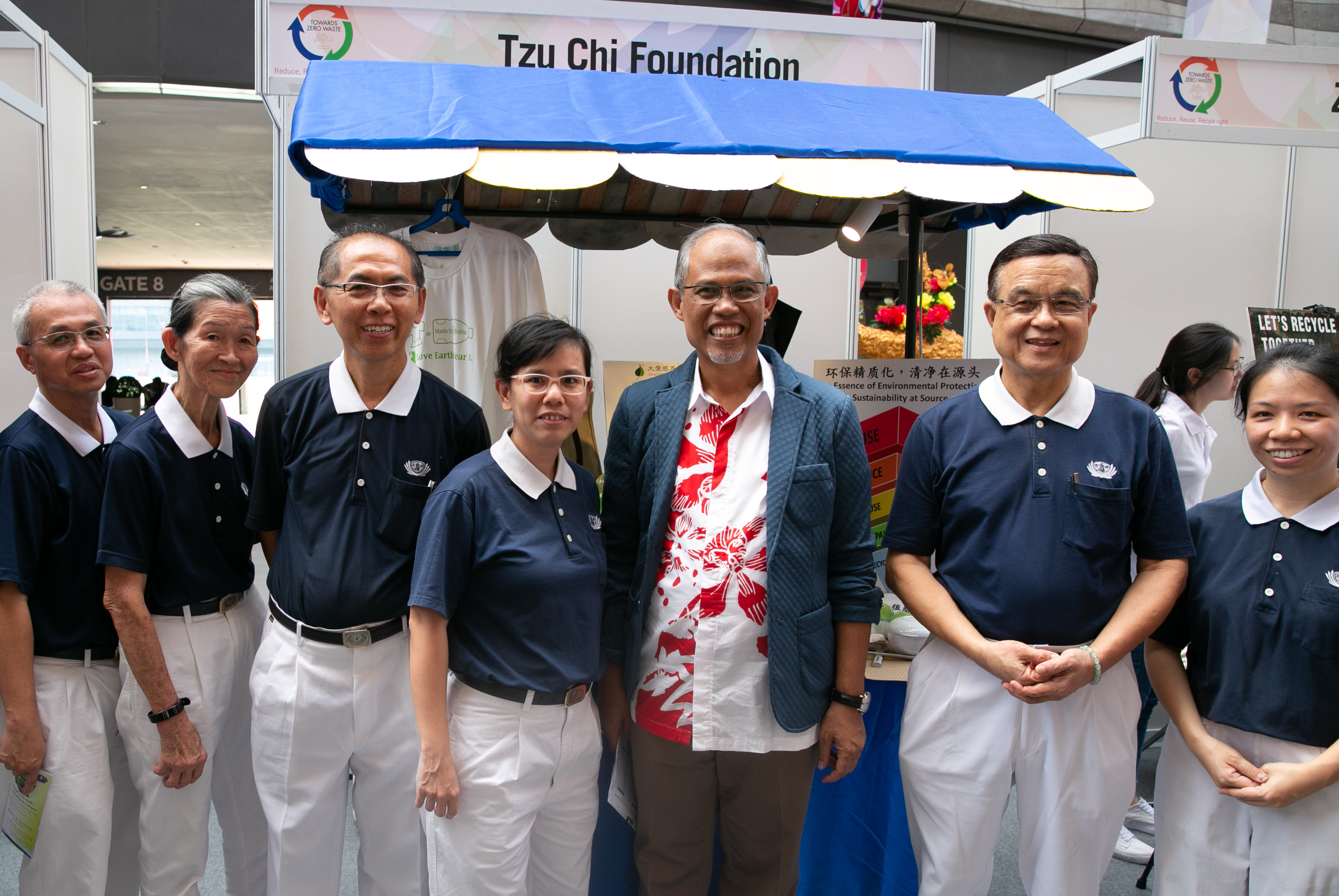 Group photo of Minister for the environment and water resources and members from Tzu Chi Foundation. | Photo by MEWR.
Group photo of Minister for the environment and water resources and members from Tzu Chi Foundation. | Photo by MEWR.
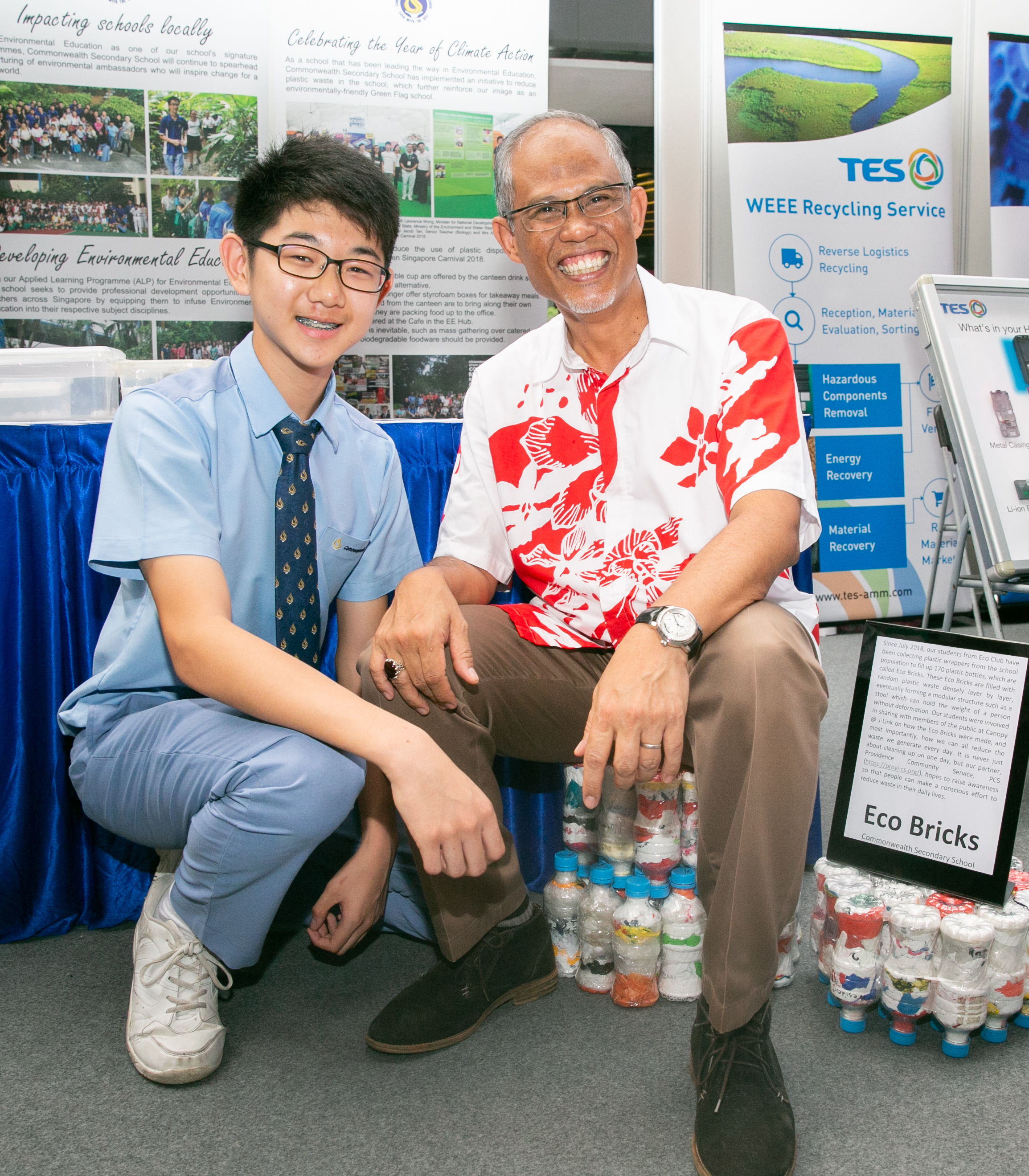 Commonwealth Secondary School student with Minister of the environment and water resources chilling on a stool made from Eco Bricks. | Photo by MEWR.
Commonwealth Secondary School student with Minister of the environment and water resources chilling on a stool made from Eco Bricks. | Photo by MEWR.
In other words, Singaporeans or organisations were holding more than two environmental-related events daily in 2018.
It's like having siao-on friends or colleagues inform you about climate change twice a day.
No wonder the year of climate action was an unqualified success.
How to achieve Zero Waste? Think circular economy
The first act of pledging to do something good for the Mother Earth is a good start.
But Masagos now wants Singaporeans to walk the talk by adopting a "circular economy" approach.
This is because we have been using resources in a linear fashion - using and throwing - for far too long.
So what's the circular approach, you ask?
Here, Masagos explains further.
"Take for instance, a can of sardines. We make the cans, fill them with sardines, eat what we are able and throw the can and leftovers away. But one key aspect of the circular economy approach is to turn trash into treasure by reusing and recycling our resources endlessly – the can and even the unfinished food. So that same metal can be collected and reused after processing, and the food waste turned into useable products."
In fact, the circular economy approach is already adopted at OTH whereby raw food waste from the hawker centre is not discarded but instead they are sent to eco-digesters.
700 kg of food waste used to be collected and thrown away every day from OTH and things have changed.
Now at OTH, eco-digesters turn the food waste into water that is used for washing, and fertilisers that are distributed to Tampines residents for their community gardens or plants at home.
As such, the general waste collector makes one trip to OTH every day instead of four, further reducing the carbon emission and costs from transport.
Besides conserving resources and protecting the environment, the circular economy approach also brings about new opportunities.
In fact, Masagos thinks that the approach is a win-win for sustainable development, saving the environment, and growing the economy:
"I believe that if we adopt the circular economy approach and do it right, we will conserve resources, preserve our environment and create new economic opportunities."
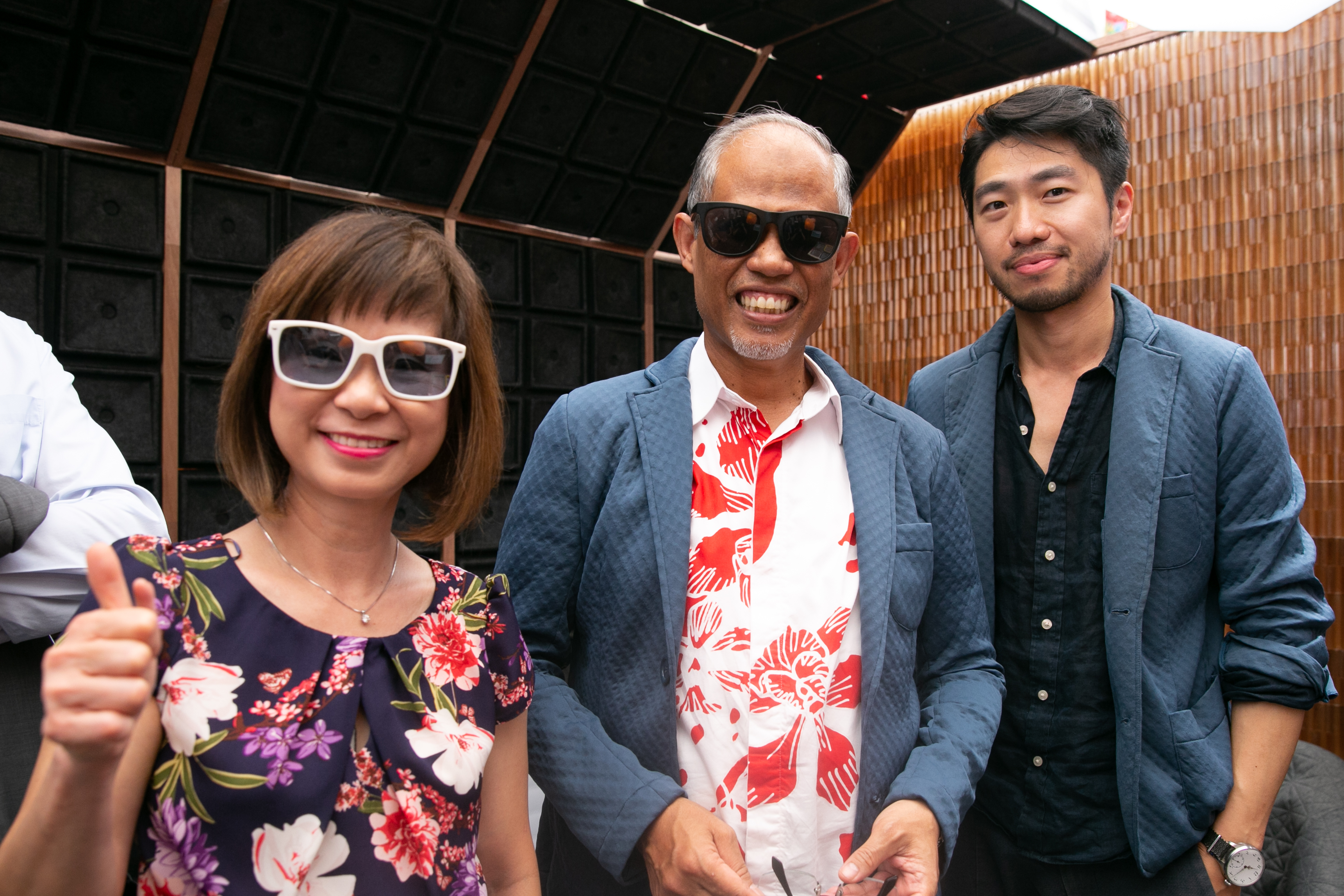 Suits and sunglasses made from recycled material by Miniwiz as introduced by its founder Arthur Huang (standing on the right most). |Photo by MEWR.
Suits and sunglasses made from recycled material by Miniwiz as introduced by its founder Arthur Huang (standing on the right most). |Photo by MEWR.
Recycling right
By the way, the Year of Zero Waste will also introduce a #RecyclingRight movement to educate people on recycling properly.
Poor recycling etiquette has been a pervasive problem over the years.
With the #RecycleRight movement, Singaporeans will learn what can or cannot be thrown into the blue commingled bins.
Back to the basics.Top photo by MEWR.
If you like what you read, follow us on Facebook, Instagram, Twitter and Telegram to get the latest updates.
